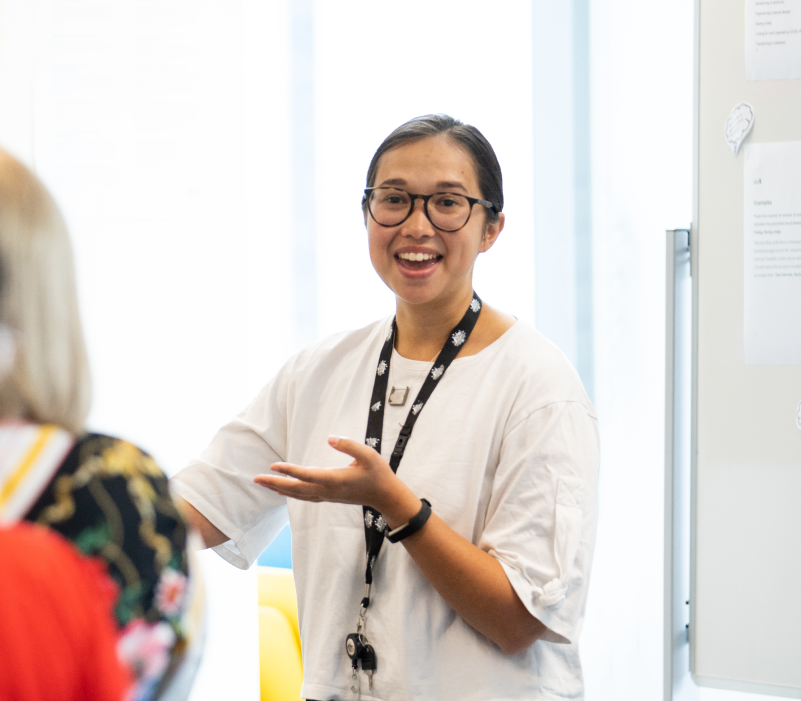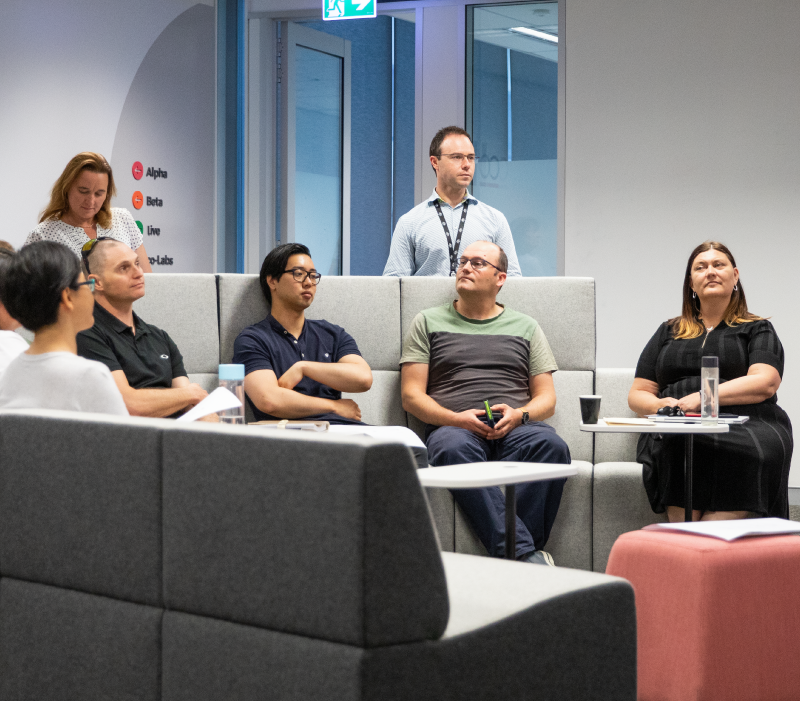-
Guidance to analyse and report your digital performance
-
Digital Inclusion Standard
The Digital Inclusion Standard (Inclusion Standard) sets the requirements for designing and delivering inclusive and accessible digital government experiences. It ensures that all people and business can equitably access and use government information and services online.
The Inclusion Standard supports the Australian Government’s Data and Digital Government Strategy, which commits to delivering for all by embedding inclusion and accessibility at the core of digital ability. It provides agencies with practical guidance on what digital inclusion means, and how to implement it effectively.
The Inclusion Standard builds on Criterion 3 of the Digital Service Standard- Leave No One Behind, elevating inclusive design and accessibility from team-level practice to a whole-of-government priority. It draws upon research and expertise from across user communities to promote consistent, inclusive design approaches across all services.
The Inclusion Standard focuses on the design and delivery of digital experience. It does not address broader access issues such as affordability, connectivity, or non-digital service channels, which are supported through other government initiatives.
The Inclusion Standard is part of a broader suite of guidance that supports the Digital Experience Policy. This whole-of-government policy aims to improve the digital experience for people and business, and includes supporting standards for inclusion, performance, and access. -
The criteria
The Inclusion Standard consists of 5 criteria.
Each criterion is accompanied by:
- an explanation of its purpose
- your responsibilities in meeting it
- when it should be applied within the Service Design and Delivery Process
- suggested activities to apply it.
-
-
Downloadable resources
-
Services covered by the Digital Performance Standard
The Performance Standard is mandatory and applies from 1 January 2025 to digital services that are:
- subject to the requirements of the Investment Oversight Framework (IOF)
- new or replacement public-facing services.
-
Example – designing new services or redesigning services
Agencies that meet the above criteria will need to plan for a monitoring framework to be implemented as part of their proposals. The planned approach will be assessed during the Prioritisation and Contestability states and the progress tracked during the Assurance state. To fulfill the Digital Performance Standard, digital service performance monitoring and reporting processes must be operational when the service goes Live.
Connect with the digital community
Share, build or learn digital experience and skills with training and events, and collaborate with peers across government.





